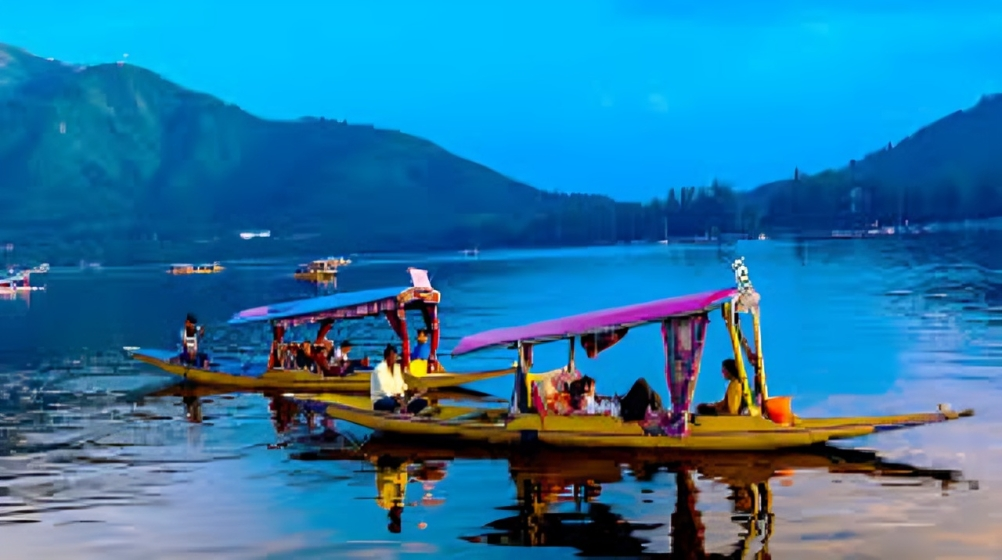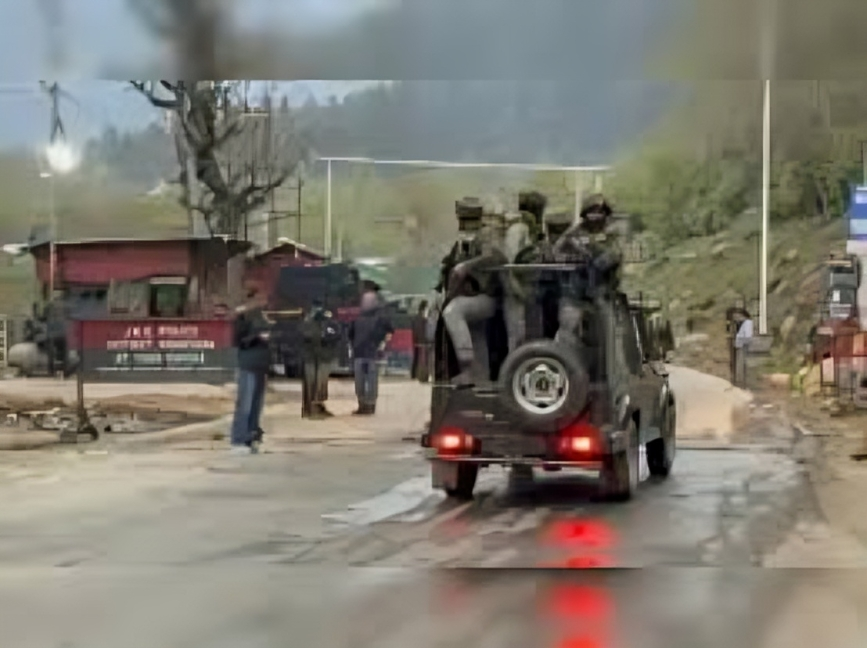Srinagar, June 23, 2025:
Two months after the Pahalgam terror attack in which 26 people, mostly tourists, lost their lives, Kashmir’s tourism sector is finally witnessing signs of revival. The return of visitors is not as strong as before the tragedy, but stakeholders say that hope has been rekindled, thanks to better connectivity, government efforts, and religious tourism.
At Dal Lake, the lifeline of Srinagar’s tourism, Parvez Ahmad, a shikara owner for over two decades, waits for customers at the ghats. “Tourists have started coming, finally,” he smiles, adding, “but not as many as before the attack.”
Pahalgam Attack: A Setback Amidst Boom
The April 22 attack in Baisaran Valley of Pahalgam was a brutal blow to Kashmir’s flourishing tourism season. The Valley was witnessing a fifteen-year high in tourist footfalls before the incident. Jammu and Kashmir’s Department of Tourism recorded 35 lakh visitors in 2024, up from 27 lakh in 2023 and 26 lakh in 2022. By the first quarter of 2025, over 5 lakh tourists had already visited.
However, following the attack, bookings plummeted. Travel agents cited up to 90% cancellations as tourists feared for their safety.
Now, two months later, experts like Adil Khan, General Secretary of Skal International and former president of Kashmir Hotel and Restaurant Association, estimate a 15–20% recovery so far. He adds, “You can see it yourself at Boulevard Road, Lal Chowk, Gulmarg, Pahalgam, and other tourist hubs.”
Glimpses of Recovery: Dal Lake, Mughal Gardens, and Beyond
Indeed, Srinagar’s famed Boulevard Road, with Dal Lake shimmering alongside, is slowly bustling with activity again. On weekends, popular spots like the Mughal Gardens – Nishat and Shalimar – are witnessing both local and outstation visitors.
At Shalimar Bagh, local families mingled with groups from Rajasthan and Punjab, sharing smiles and experiences — a scene that brings hope to Srinagar’s tourism-reliant businesses.
However, this revival is fragile. Tourism isn’t the mainstay of Kashmir’s economy, but it’s a vital contributor, especially for small businesses, shikara owners, hoteliers, and artisans.
Vande Bharat Express: A Game-Changer for Tourism
A significant boost has come from the newly launched Vande Bharat Express, flagged off by Prime Minister Narendra Modi on June 6, connecting Katra (home of the Vaishno Devi shrine) to Srinagar for the first time via train.

“We boarded the train from Katra and reached Srinagar in three hours,” says Vijay Anand, a tourist from Bhopal, after enjoying a jet ski ride on Dal Lake.
According to travel agents, all seats on the Vande Bharat are booked till July-end, underlining its immense popularity.
Simultaneously, the phased reopening of 48 out of 87 tourist spots that were closed after the Pahalgam attack has helped regain some confidence among travelers.
Government Push and Omar Abdullah’s Initiative
Jammu and Kashmir Chief Minister Omar Abdullah has been actively leading the revival campaign. On May 28, he chaired a key meeting at Gulmarg, following a symbolic cabinet meeting in Pahalgam to send a strong message of safety and solidarity.
Sharing pictures on social media, Abdullah recently remarked that Pahalgam was “bustling with activity”, despite rainy weather. However, hoteliers admit that a large number of visitors are still locals making day trips rather than long stays.
Javed Ahmad, who runs a hotel in Pahalgam, recalls, “We had zero bookings in May, but now there’s at least weekend activity.”
Impact of Operation Sindoor and Airport Struggles
Tourism recovery has also been affected by Operation Sindoor, India’s retaliatory strikes on Pakistani terror camps in early May, which led to the temporary closure of Srinagar Airport from May 7 to May 13.
Before the attack, Srinagar airport handled about 19,000 passengers daily. This number dropped to 2,000 post-attack but has now improved to 8,000 daily passengers (inbound and outbound combined).
Despite this, airfare costs have surged, with Delhi-Srinagar tickets now priced at around ₹8,000, up from ₹4,500. Airlines have reduced the number of flights, further straining the tourism recovery.
Hoteliers Demand Concessions to Stay Afloat
The hospitality sector continues to struggle. Mushtaq Ahmed Chaya, President of the Jammu and Kashmir Hoteliers Association, has sought government support in the form of loan interest waivers, electricity bill relief, and reduced taxes to help keep hotels operational.
Many hotels, especially in Gulmarg, have slashed their prices by nearly 50% to attract visitors. Even top-end properties like the Khyber Resort have introduced discounts.
Meanwhile, airlines like IndiGo, SpiceJet, and Air India have requested the central government to waive airport development fees and aviation security charges at Srinagar Airport for a year to help reduce ticket prices.
Amarnath Yatra 2025: Ray of Hope
Tourism stakeholders are now pinning their hopes on the Amarnath Yatra, which commences on July 3. The annual pilgrimage is expected to bring thousands of Hindu devotees to Pahalgam and surrounding areas.
“The Yatra could be the turning point for Kashmir’s tourism this year,” says a Srinagar-based travel agent, “We need religious tourism to kickstart overall confidence.”
Tesla Robotaxi Launch: Groundbreaking Rollout Begins in Texas with First-Ever Paid Rides

